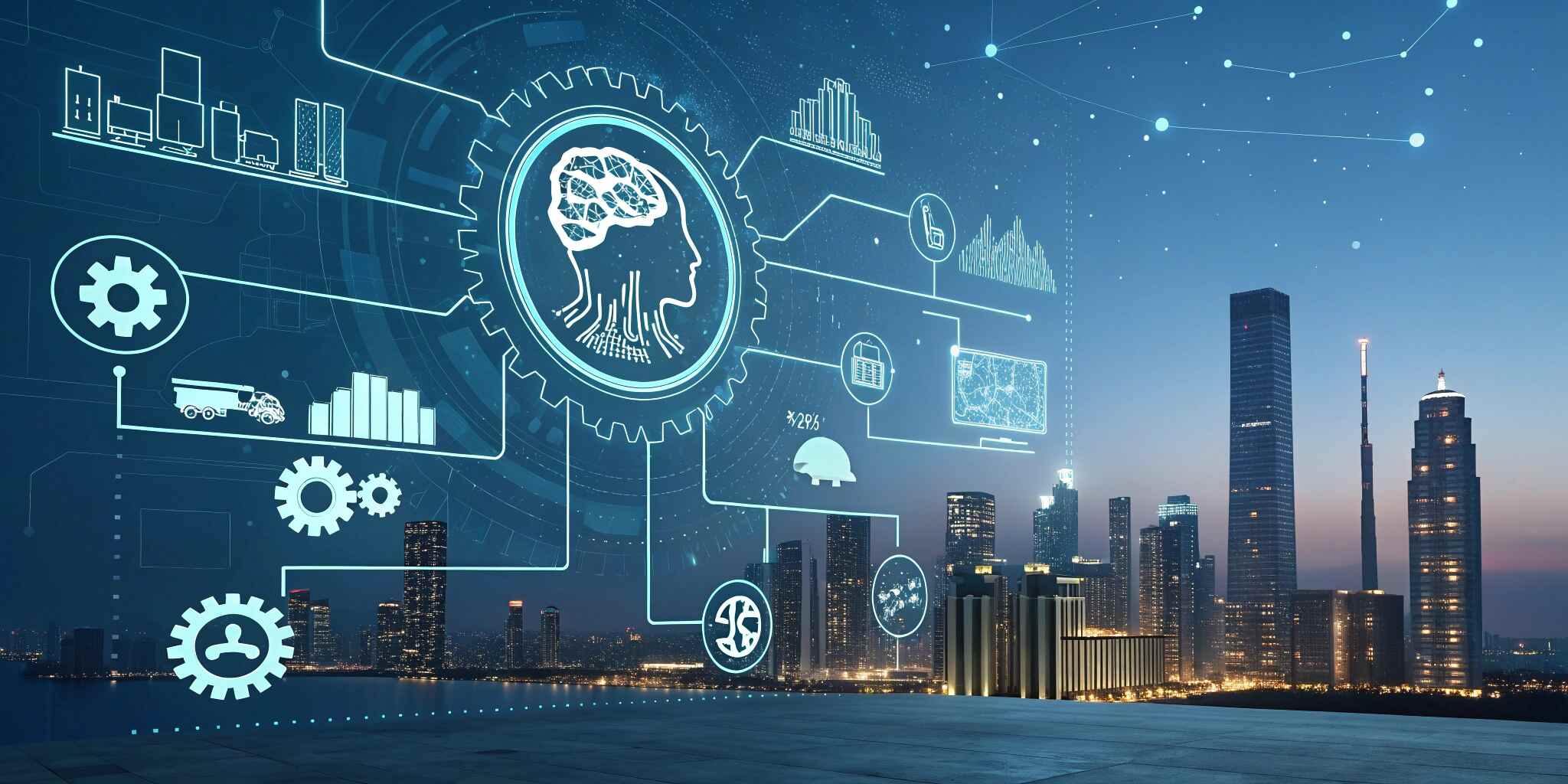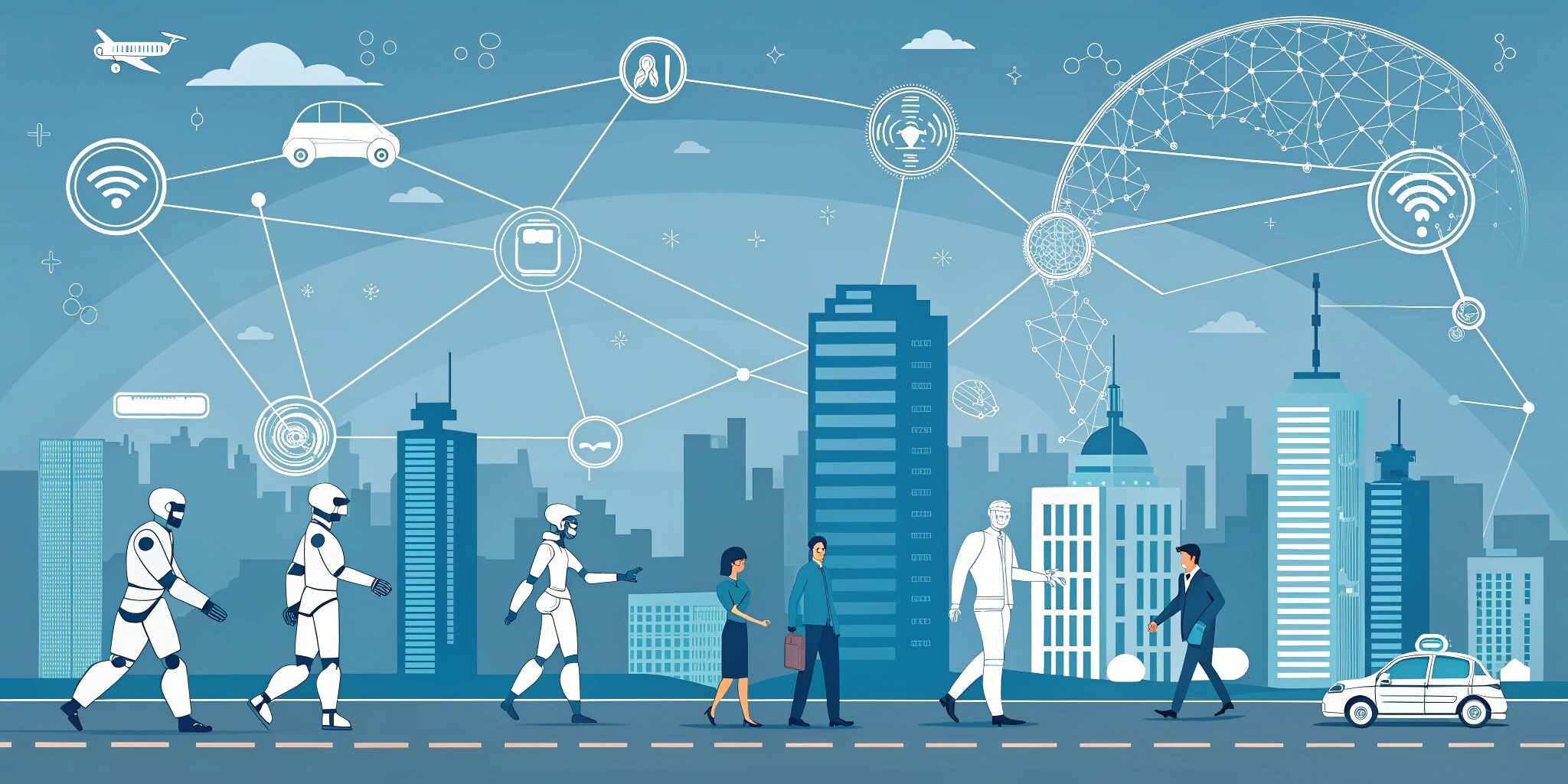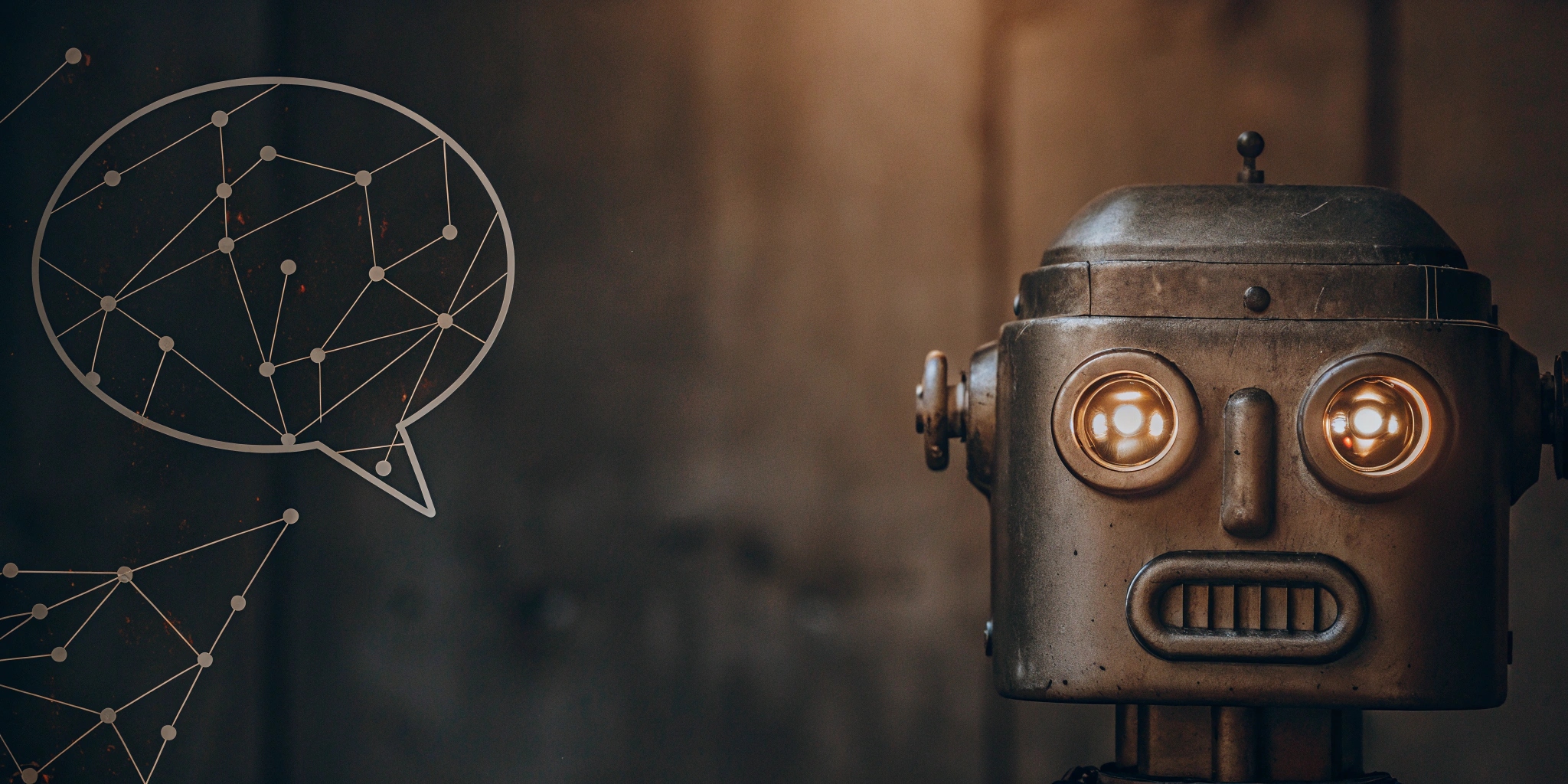Creativity has long been considered a uniquely human trait—but with the rise of generative AI, that landscape is rapidly evolving. From composing symphonies to generating artwork and crafting compelling marketing copy, generative AI is revolutionizing how we define and harness creativity across industries.
What is Generative AI?
Generative AI refers to algorithms—often powered by machine learning and deep learning—that can generate text, images, audio, video, and even code. Models like GPT, DALL·E, and Stable Diffusion exemplify the power of generative AI to produce original, high-quality content.
Industries
Being Transformed1. Art and DesignArtists now collaborate with AI to create digital art, explore new styles, and push the boundaries of visual storytelling. AI tools like Midjourney and DALL·E enable rapid prototyping and concept development.
2. Music and AudioComposers and musicians are using AI to create melodies, harmonies, and full tracks. Apps like AIVA and Amper Music allow for AI-assisted music production tailored to specific moods and genres.
3. Writing and Content CreationGenerative AI is powering blogs, ad copy, scripts, and even books. Tools like ChatGPT help creators brainstorm, write drafts, and personalize content at scale.
4. Marketing and AdvertisingAI is personalizing content, generating ad visuals, writing headlines, and optimizing campaigns. This results in faster turnarounds and highly targeted messaging.
5. Gaming and Interactive MediaAI is designing game narratives, creating characters, and even generating entire game levels. This accelerates development and enhances player experiences.
6. Fashion and Product Design Designers use AI to forecast trends, create pattern variations, and customize products. AI-driven creativity accelerates innovation and customer personalization.
Benefits of Generative AI in Creativity Speed and Scalability: Create content quickly without compromising quality.
Augmented Inspiration: Collaborate with AI for new ideas and perspectives.
Cost Efficiency: Reduce production time and resource allocation.
Mass Customization: Tailor content and products to individual user needs.
Challenges and Ethical Considerations Originality vs. Replication: How do we define authorship in AI-generated works?
Bias and Accuracy: AI can inherit and amplify biases in training data.
Copyright Issues: Legal frameworks are still evolving around AI-generated content.
Future OutlookAs generative AI continues to advance, expect deeper integration into creative workflows. Human-AI collaboration will become the norm, empowering professionals to focus more on ideation and less on execution.
Conclusion :
Generative AI is not replacing creativity—it’s redefining it. By enhancing and extending human potential, AI is opening new doors for expression and innovation across virtually every industry.


